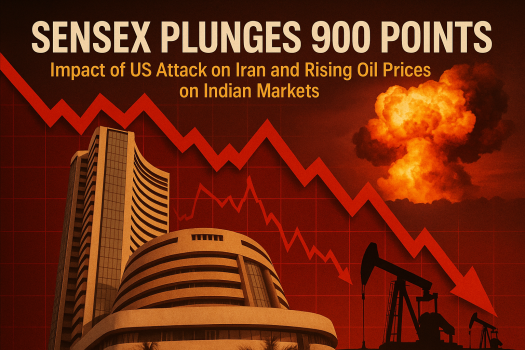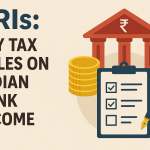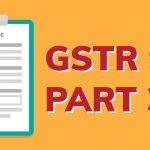Blog Post

Posted on June 23, 2025

The sharp fall in the Indian stock market, with the Sensex crashing over 900 points, is primarily driven by escalating geopolitical tensions following the US attack on Iran’s nuclear sites. Several interconnected factors have contributed to this decline:
1. Geopolitical Escalation and Market Sentiment
2. Surge in Crude Oil Prices
3. Broader Global Market Weakness
4. Volatility and Sectoral Impact
5. Additional Factors
| Factor | Impact on Market |
|---|---|
| US attack on Iran | Triggered global risk aversion and sell-off |
| Surge in crude oil prices | Raised inflation and deficit concerns for India |
| Strait of Hormuz risk | Threatened global oil supply, spiked oil prices |
| Global market weakness | Amplified the sell-off in Indian equities |
| Higher volatility | Increased investor nervousness and risk-off trades |
| Sectoral broad-based selling | Most sectors declined, except defense |
The Sensex crash is a direct reaction to heightened geopolitical risks after the US attack on Iran, with the surge in crude oil prices and fears of a wider conflict weighing heavily on investor sentiment. The situation remains fluid, and markets are likely to remain volatile as investors watch for further developments, especially any retaliatory moves by Iran and their impact on global oil supplies.
255 Views 0 comments
GST to Change the Face of Warehousing

Cases when ITC is not available under GST

GSTR 9C – Part II

GST Audit/Reconciliation and Certification (Form GSTR-9C)

Taxation: History of Goods and Service Tax for India

Taxation of Indian Bank Account Income for NRIs: Key Rules and Guidelines

GSTR 9C – Part III

Aten Papers & Foam IPO Day 1: Check subscription status and other details

How your small pie of Tax builds the entire nation.

Brookfield-Backed CleanMax Set for ₹4,000–5,000 Crore Confidential IPO
Comments